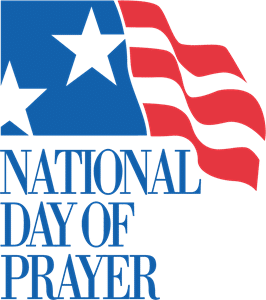Each week on Thursday, RBS students gather together for chapel. Split into elementary, middle, and high school, chapel offers each age group a chance to worship, learn, and grow in their walk with the Lord. In addition, chapel services give students a chance to experience faculty and staff in an environment outside of the classroom. Elementary chapel starts at 8:30 am, Middle School at 10:45 am, and High School chapel at 11:45 am. Parents are welcome to attend but must sign in with the main school office as a campus guest unless it’s a special service (awards, National Day of Prayer, etc.).
If you would like to get involved in helping with Chapel services (setup, breakdown, worship, preaching, etc.), please contact Mrs. Watkins for Elementary and Middle Schools or Mr. Marshall for High School.
Spiritual Emphasis Week
Spiritual Emphasis Week takes place each fall as school gets started. Its a week of daily chapel services for middle and high school students that is designed to set the spiritual tone for the school year. Featuring guest speakers from around the community, Spiritual Emphasis Week is always a highlight of the school year.
National Day of Prayer
Because of the faith of many of our founding fathers, public prayer and national days of prayer have a long-standing and significant history in American tradition. The Supreme Court affirmed the right of state legislatures to open their sessions with prayer in Marsh vs. Chambers (1983).
The National Day of Prayer is a vital part of our heritage. Since the first call to prayer in 1775, when the Continental Congress asked the colonies to pray for wisdom in forming a nation, the call to prayer has continued through our history, including President Lincoln’s proclamation of a day of “humiliation, fasting, and prayer” in 1863. In 1952, a joint resolution by Congress, signed by President Truman, declared an annual national day of prayer. In 1988, the law was amended and signed by President Reagan, permanently setting the day as the first Thursday of every May. Each year, the president signs a proclamation, encouraging all Americans to pray on this day. Last year, all 50 state governors plus the governors of several U.S. territories signed similar proclamations.
Held every spring, the National Day of Prayer chapel service is one of the highlights of the school year and a potent reminder to always be in prayer for the leaders of our nation, our state, our county, our city, our school and our families.

© Copyright 2025 Riverdale Baptist School. All Rights Reserved.

